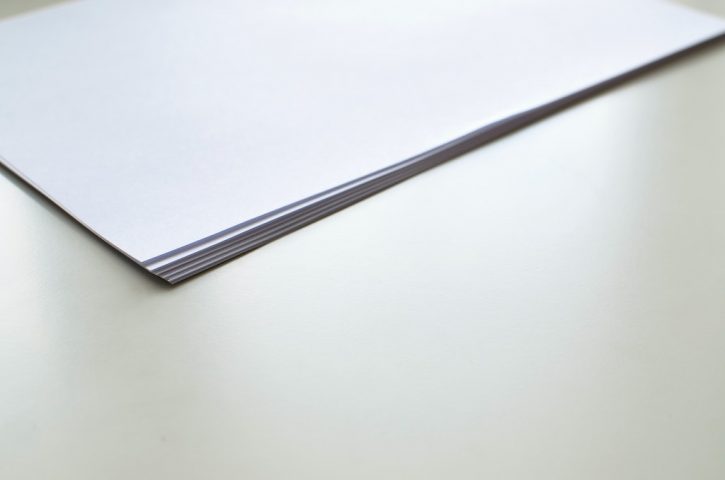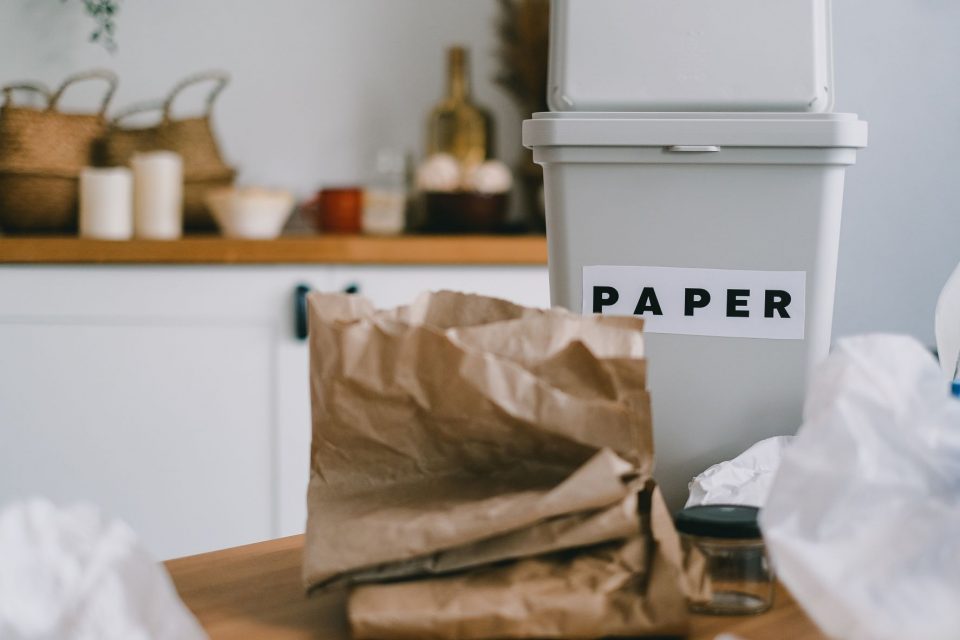How to Choose the Best Paper to Print from Home: A Quick Guide

8 Hacks on How to Be Productive When Working from Home
June 4, 2020
Home school printing tips for busy parents: the best print tips ever
June 11, 2020
Did you know that choosing the right paper can solve many of the challenges of home printing? Business Optimizer shows you how to avoid those niggling problems and what to look out for when purchasing paper for your home printer.
For those of us lucky enough to be able to work from home during the current pandemic, we’ve found ourselves grappling with many different aspects of office life. For some of us, it’s been quite a learning curve!
Working from home brings with it many opportunities: the chance for more focused work, time with family, greater flexibility over schedules, safety. But it also brings with it just as many challenges: productivity, time management, managing work-life balance…
Then there are all those little things we normally take for granted: having all the right stationery, letterheads, printer paper, and inks; keeping equipment in good working order, dealing with day-to-day maintenance tasks such as paper jams or computer updates.
The challenges of printing at home
If you need to print at home, you’ll know the frustration of running out of ink halfway through a print job or having to take the printer apart to extract shreds of ripped paper that has somehow got itself jammed inside.
Choosing the right printer and stocking up on the right inks for it will help to alleviate many home printing problems. But there’s another – often-overlooked – home printing decision that can have major ramifications for your home printing success.
Did you know that choosing the right paper for your home printer can help with many home-printing challenges?
Paper jams
Paper jams are probably the most common printing problem home printers will encounter. They can be very frustrating, especially if paper is getting jammed repeatedly and it isn’t easy to open up the printer and extract the jammed paper.
Paper jams are often caused by buying poor-quality paper. The sheets of poor-quality paper will often stick together, causing jams.
Instead, invest in good-quality paper, make the sheets are not damaged before you load them (keep them in the ream until you’re ready to use them so they stay perfect) and make sure they are lined up correctly.
You’re getting through inks too fast!
If you seem to be spending a fortune on ink cartridges, don’t be tempted to cut costs by investing in low-grade printer-ink refills. Cheap inks can contain impurities that will block up the nozzles of your print heads. You should continue to use the manufacturer’s inks because it will help to extend the life of your printer and ensure good print quality.
Instead, consider whether you should be changing your paper. Look for a paper with a smooth surface – this will help to improve toner adhesion and ink absorption, so you can print more sheets from the same ink cartridge.
Quality of print
Print quality is a major bugbear with home printing. Home printers aren’t designed to be as hardworking as the printers you have in the office, but there’s no reason for the quality of output to be comprised.
One of the best ways to improve quality is to consider the opacity of the paper you are using. In addition, a smooth paper surface will lead to better print results, not just ink economy.
Environmental concerns
We all want to do our bit for the environment. And when you print from home, you can become all too aware of the sheer number of paper sheets you are printing.
It’s worth remembering that paper is one of the most successful closed-loop processes in our economies. More than 65% of paper in the USA recovered for recycling. And the figure is even higher in Europe.
You might want to support this closed loop process by choosing a paper with some recycled paper content. If you do decide to do this, remember to choose a paper that has got a smooth quality surface Recycled stock can lead to poor quality print results and the overuse of ink.
Instead, a better option might be to consider whether you can help the closed-loop process in another way. Switch to recycled paper for other products, such as toilet paper, tissue, kitchen paper, etc. And instead look out for home printing paper than comes from sustainably managed forests.
This way, you can balance environmental concerns without compromising on print quality.
Printing double-sided
Another way to help the environment is to print double-sided where possible. If your printer supports double-sided printing, the next step is to choose the right paper.
Anyone who has tried this at home will know that your ability to print double-sided depends entirely on the quality of the paper you use. Poor quality paper can get saturated with inks resulting in poor quality printing and frequent paper jams.
Instead, look for a paper with a smooth finish and a high opacity. As well as helping to reduce the amount of ink used, and thereby reduce paper jams, you’ll also be assured of a much better-quality print result.
A higher opacity paper will also ensure that whatever is printed on the opposite side of the paper doesn’t show through.
How to choose the right paper
As we’ve seen, choosing the right printer paper can have significant impacts on your home printing success. So how should you choose which paper is the one for you?
There are a number of characteristics you should look out for when choosing a paper for home printing.
Consistent high quality
As we’ve discussed, a good quality paper will help to minimize jams as well as delivering better quality print results.
For this reason, don’t just look for claims about the quality of print results, look for a paper that has a paper-jam-free guarantee. This way, you know you really are getting a good quality paper.
Smooth surface
A good quality paper will be treated with a specialist surface that helps to ensure higher printing quality at the same time as reducing ink consumption.
Look for a paper that is whiter, smoother and thicker as this will deliver more vivid colors and intense blacks without blurring and without wasting your valuable ink supply.
Opacity
Quality of print depends on the opacity of the paper. If you choose a paper with high opacity, you can even print on both sides of the paper without any quality issues.
Opacity simply relates to the percentage reflection of a paper. A completely transparent paper will be rated 0% transparency and complete opacity would be rated 100% opacity.
The degree of opacity depends on the weight, ingredients, and absorbency of the paper, so if you look for a good quality paper, with a specialist smooth surface and a high opacity rating, you will get the very best results.
Recycled or from managed forests
Most recycled paper stock will result in a lower quality finish and more intensive use of inks simply because it has a less smooth finish than other papers. So if you do choose a paper with recycled content, look for a paper with a smooth finish.
The other option is to look for paper that is produced from managed forests. This means looking for the FSC logo from the Forest Stewardship Council, PEFC environmental credentials from the Programme for the Endorsement of Forest Certification, or the EU Ecolabel. This way, you are guaranteed of a sustainable paper.
How to Choose the Best Paper to Print from Home
In summary, for the best home-printing results, only buy paper stock with the following credentials:
- Consistent high quality
- Smooth surface
- High opacity
- From managed forests




